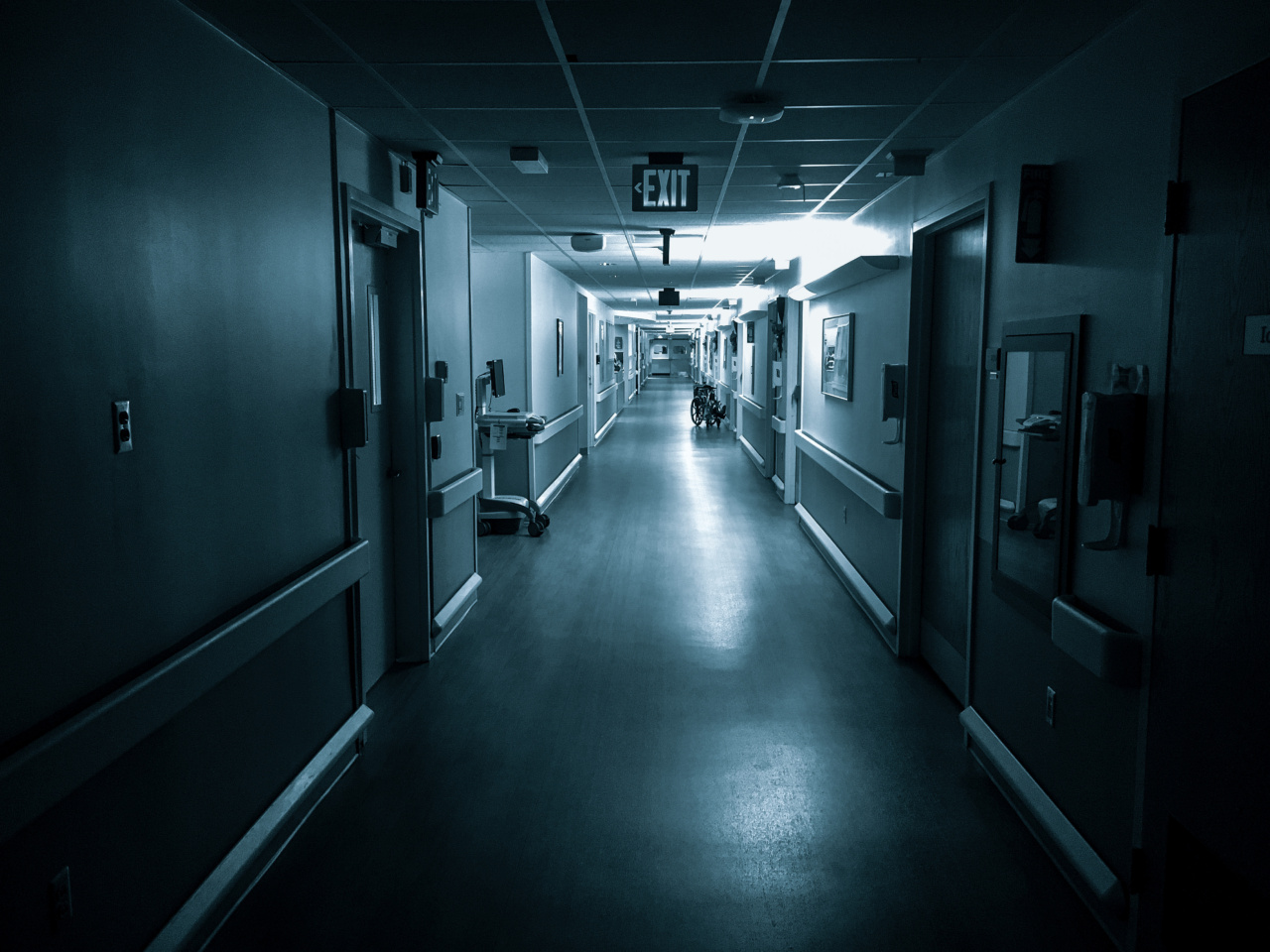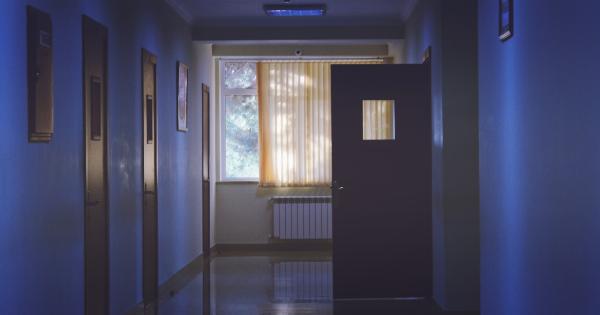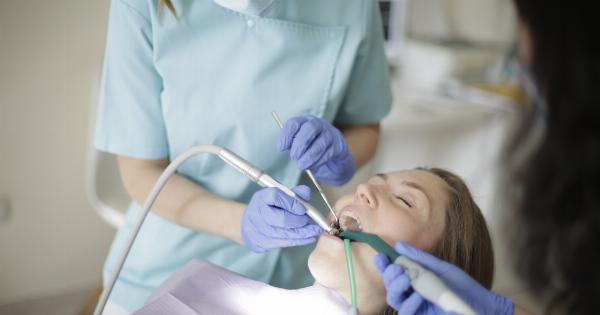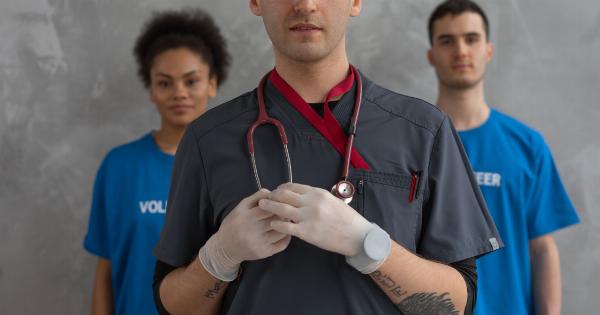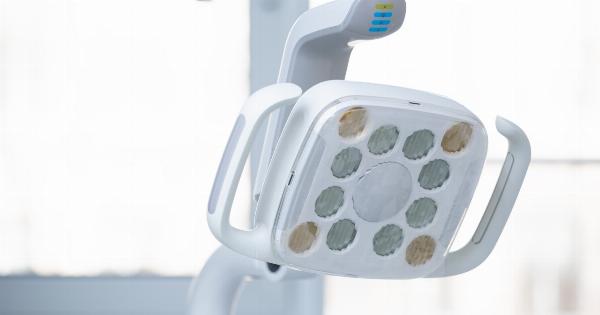Have you ever walked into a hospital room and felt like the lighting was less than optimal? You’re not alone. Dimly lit hospital rooms have been a common complaint among patients and medical professionals alike.
But why are hospital rooms often so poorly lit? In this article, we’ll explore the various causes of dimly lit hospital rooms and why proper lighting is so essential in healthcare settings.
Reasons for Dimly Lit Hospital Rooms
1. Cost-Cutting Measures
One of the main reasons for dimly lit hospital rooms is cost-cutting measures. Hospitals are always looking for ways to save money, and lighting is often one of the first areas to be cut back.
From using lower wattage bulbs to reducing the number of fixtures, hospitals often sacrifice adequate lighting for the sake of cost savings. However, this can have negative consequences on patient outcomes and safety.
2. Aging Infrastructure
Another cause of dimly lit hospital rooms is aging infrastructure. Many hospitals were built decades ago when lighting technology was not as advanced as it is today.
As a result, the electrical systems in older hospitals are often not equipped to handle modern lighting fixtures. This can make it difficult to upgrade to more efficient lighting options, leaving patients and staff with inadequate lighting.
3. Inadequate Lighting Design
Even in newer hospitals, inadequate lighting design can be a factor in dimly lit rooms. Many hospitals focus on functionality over aesthetics when it comes to lighting, which can leave patients feeling uneasy or uncomfortable.
For example, harsh fluorescent lighting can be an energy-efficient choice, but it can also be unpleasant or even cause headaches. Similarly, bright overhead lighting can be stressful for patients, especially those who are recovering from surgery.
4. Poor Maintenance
Finally, poor maintenance can also contribute to dimly lit hospital rooms. Over time, bulbs can burn out, fixtures can become damaged, and electrical systems can fail.
While this may seem like a minor issue, it can have significant consequences for patient outcomes. Poor lighting can increase the risk of falls, make it harder for medical professionals to perform certain tasks, and even affect a patient’s mood and mental state.
The Importance of Proper Lighting in Hospital Rooms
Proper lighting is essential in healthcare settings for a variety of reasons. Here are just a few of the ways that lighting can impact patient outcomes:.
1. Improved Safety
Adequate lighting is crucial for patient safety. Poor lighting can increase the risk of falls, both for patients and medical professionals. It can also make it harder for doctors and nurses to assess patients or perform medical procedures.
By investing in proper lighting, hospitals can improve patient safety and reduce the risk of accidents.
2. Enhanced Healing
Research has shown that appropriate lighting can enhance the healing process. Bright, natural light can boost mood and improve sleep quality, which can help patients recover faster.
Additionally, lighting that mimics natural daylight can help regulate patients’ circadian rhythms, which can also aid in recovery.
3. Better Staff Performance
Adequate lighting is not just important for patients – it is also crucial for medical professionals. Dimly lit hospital rooms can make it harder for doctors and nurses to perform their jobs effectively.
By providing proper lighting, hospitals can improve staff performance and reduce the risk of medical errors.
4. Improved Patient Experience
Finally, proper lighting can improve the overall patient experience. Patients who feel comfortable in their surroundings are more likely to have a positive experience and recover faster.
Adequate lighting can also create a more welcoming and calming environment, which can be especially important for patients who are already feeling stressed or anxious.
Addressing the Issue of Dimly Lit Hospital Rooms
So, what can hospitals do to address the issue of dimly lit rooms? Here are a few steps that medical facilities can take:.
1. Invest in Upgraded Lighting Systems
Investing in upgraded lighting systems can be a significant expense, but it is also one of the most effective ways to improve lighting in hospital rooms.
By upgrading to more energy-efficient lighting fixtures, hospitals can save money while also providing better lighting for patients and staff.
2. Work with Experienced Lighting Designers
Working with experienced lighting designers can also be helpful. These professionals can create lighting plans that balance aesthetics, functionality, and safety.
They can also recommend fixtures and bulbs that are energy-efficient and suitable for health care settings.
3. Develop a Maintenance Plan
Finally, hospitals should develop a maintenance plan to ensure that lighting systems are regularly inspected and bulbs are replaced promptly.
This can help prevent issues that might lead to dimly lit rooms, such as burned-out bulbs or malfunctioning fixtures.
Conclusion
Dimly lit hospital rooms are a common complaint among patients and medical professionals, but they can also have serious consequences for patient outcomes.
By addressing the underlying causes of dimly lit rooms and investing in proper lighting systems, hospitals can improve safety, enhance healing, and provide a better overall patient experience.
